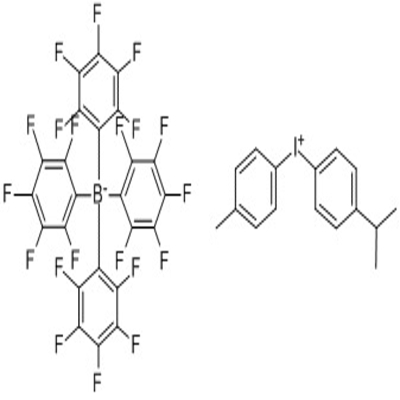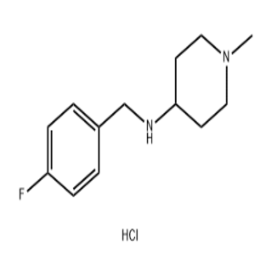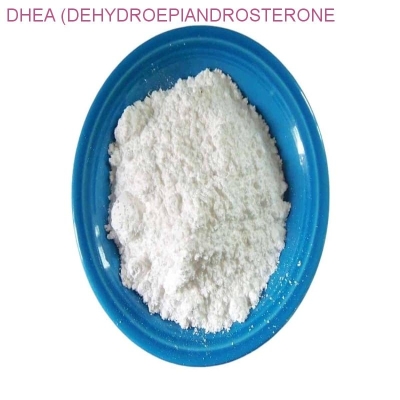-
Categories
-
Pharmaceutical Intermediates
-
Active Pharmaceutical Ingredients
-
Food Additives
- Industrial Coatings
- Agrochemicals
- Dyes and Pigments
- Surfactant
- Flavors and Fragrances
- Chemical Reagents
- Catalyst and Auxiliary
- Natural Products
- Inorganic Chemistry
-
Organic Chemistry
-
Biochemical Engineering
- Analytical Chemistry
-
Cosmetic Ingredient
- Water Treatment Chemical
-
Pharmaceutical Intermediates
Promotion
ECHEMI Mall
Wholesale
Weekly Price
Exhibition
News
-
Trade Service
In order to cope with the aging trend of Chinese population, a variety of integrated medical and elderly care service models such as "adding medical services in elderly care institutions" and "providing elderly care services by medical institutions" have emerged
in the society.
However, while the new model is popularized, problems such as low integration of resources and lack of effective connection between services have become more and more prominent
.
How to take the road of medical and nursing care integration under the "silver wave"?
During the ongoing 2023 Zhejiang Provincial Conference, "integration of medical and elderly care" has become the focus of some Zhejiang Provincial People's Congress deputies and members of the Zhejiang Provincial Committee of
the Chinese People's Political Consultative Conference.
They believe that "medicine" is the key in the process of integrating medical and elderly care, and suggest to seek breakthroughs
in improving the medical service system.
"First, there are great difficulties in the inclusion of elderly care institutions in designated medical insurance points, and second, the types of drugs that can be reimbursed by elderly care institutions included in medical insurance designated points are relatively
limited.
" Ma Gaoxiang, deputy to the Zhejiang Provincial People's Congress and secretary of the Party Committee of the Shaoxing Central Hospital Medical Community, said frankly that at present, there is still a problem
of low integration between elderly care institutions and surrounding medical institutions.
In Ma Gaoxiang's view, the government can build a digital platform for the integration of medical and elderly care in elderly care institutions, establish electronic health records for the elderly living in elderly care institutions, and connect the platform with the electronic record system and medical insurance system of the medical system to interconnect and share the health information of the elderly, "gradually include eligible elderly care institution infirmaries into the designated medical insurance points, and the reimbursement ratio and available drug varieties enjoy the standards
of community health service institutions.
" ”
The reporter learned that Pan'an County of Jinhua City has explored solutions to the above problems and established a variety of medical insurance policy systems
.
For example, the model of "nourishing Chinese and integrated medicine", that is, hospitals (medical rooms) and nursing homes set up in nursing homes, which meet the requirements of designated management of medical insurance, and the elderly who need medical services can enjoy outpatient and inpatient medical insurance policies according to the level of corresponding medical institutions; The "medical-nursing collaboration" model, that is, for some elderly care institutions that do not have the conditions to open medical institutions, through the signing of a medical cooperation agreement with the local township health center, the contracted family doctors of the health center provide services in the form of "regular + irregular" door-to-door, and the relevant outpatient medical service expenses are reimbursed according to the outpatient medical insurance policy of the primary medical institution
.
Compared with cities, rural areas are more aging due to the large population base, and the demand for "elderly care" and "medical care" is more urgent
.
However, due to geographical and resource restrictions, the rural integrated medical and elderly care model still faces problems such as
low resource supply and difficulty in attracting and retaining talents.
Zhang Liyang, member of the Standing Committee of the Zhejiang Provincial Committee of the Chinese People's Political Consultative Conference and chairman of the Ningbo Municipal Committee of the Jiusan Society, said that rural institutions mainly rely on rural homes for the elderly and welfare homes, but most of the above institutions can only provide basic daily care services and lack professional medical service capabilities
.
To this end, Zhang Liyang suggested that the government should encourage and guide social capital to enter the rural medical and nursing care service market, stimulate the enthusiasm of social forces, and at the same time encourage county-level hospitals to establish counterpart support relationships with township hospitals and rural clinics, improve the construction of the "county-township integration and rural integration" mechanism, and promote the training
of rural grassroots general practitioners.
At the same time, Ma Gaoxiang and Zhang Liyang both mentioned that strengthening Internet medical services is the "starting point"
for improving the integrated medical and elderly care model under the current situation of unbalanced medical resources.
For example, through Internet medical care, hospitals that have signed medical and nursing care agreements with elderly care institutions can regularly carry out telemedicine services every week, providing health guidance, disease prevention and other services according to the health status of the elderly and the individual needs of the elderly
.
In fact, as a leading province in digital reform, Zhejiang has deeply embedded the Internet and big data in the medical and health field
.
In the face of the "silver wave", Ji Yunxin, member of the CPPCC Zhejiang Province and director of the Department of Internal Medicine of Ningbo First Hospital, believes that Internet medical services should also strengthen age-appropriate transformation
.
"It is necessary to explore the docking of in-hospital services of medical institutions with upstream and downstream enterprises and elderly care institutions in the medical and health industry, create differentiated Internet hospitals with their own characteristics, and strengthen the age-appropriate transformation of Internet hospitals to create Internet hospitals
suitable for elderly patients.
" Ji Yunxin said
.
={"common":{"bdSnsKey":{},"bdText":"","bdMini":"1","bdMiniList":false,"bdPic":"","bdStyle":"0","bdSize":"32"},"share":{},"image":{"viewList":[" weixin","sqq","qzone","tsina","tqq","tsohu","tieba","renren","youdao","fx","ty","fbook","twi","copy","print"],"viewText":"share:","viewSize":"24"},"selectShare":{" bdContainerClass":null,"bdSelectMiniList":["weixin","sqq","qzone","tsina","tqq","tsohu","tieba","renren","youdao","fx","ty","fbook","twi","copy","print"]}}; with(document)0[(getElementsByTagName('head')[0]|| body). 






